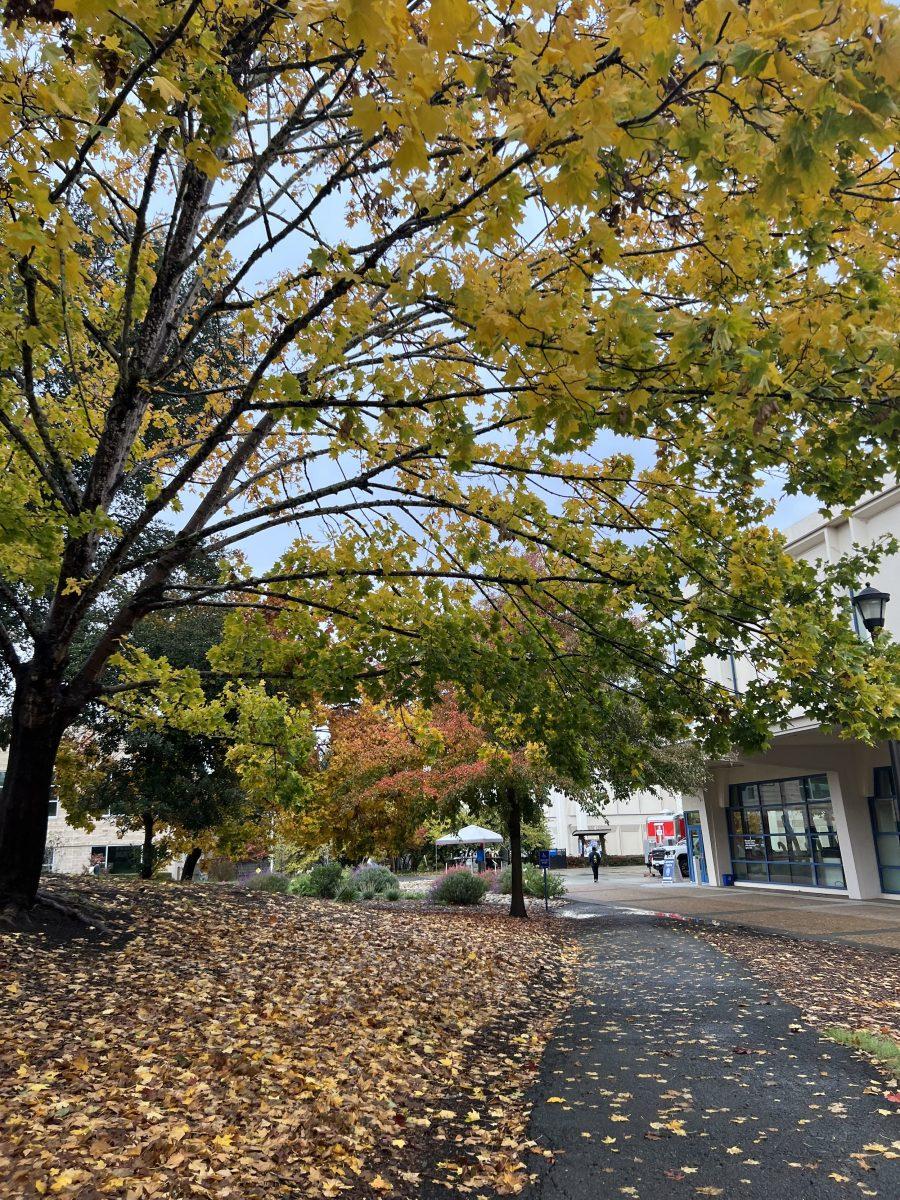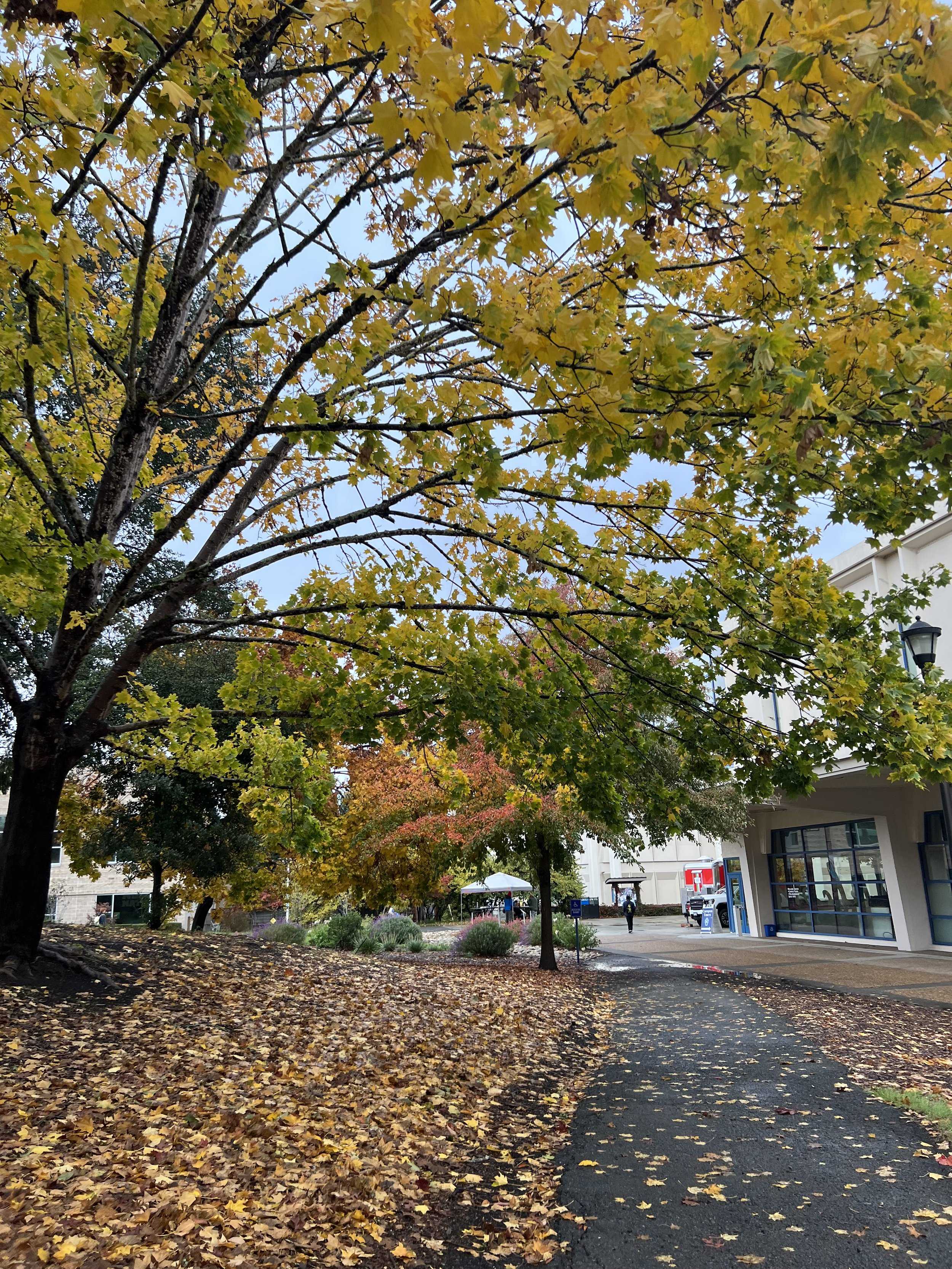Recent weather events have marked the end of the wildfire season, bringing with it freezing temperatures and what some have called the strongest storm of the season.
Between Monday and Tuesday of last week, gusts of wind ranging from about 35 mph to 45 mph and heavy rain swept through the North Bay. The storm also brought with it a single lightning strike. The storm grew more powerful as it progressed through California. There was even a tornado that touched down in Sacramento. The tornado brought with it gusts of up to 70 mph and left a path about 0.8 miles long with a width of 400 yards.
Following last week’s storm , freezing temperatures quickly arrived. On Thursday, The National Weather Service issued a frost advisory from midnight to 9 a.m. since temperatures were expected to drop as low as 29 degrees F. Clear skies and light winds might have played a role in the freezing conditions.
In a Press Democrat article, Meteorologist Rick Canepa said, “After a few days of on-again, off-again showers that brought 1.64 inches of rain to Santa Rosa and about 1½ to 2½ inches across Sonoma County, it’s about to get cold.”
Canepa also highlighted the importance of understanding changing weather conditions. Freezing temperatures can be dangerous for anyone so it’s important that animals and people can seek warm shelter for the night. In addition, he advised people to bring in their plants because they could suffer and die in the cold.
Luis Escobar, a sophomore majoring in psychology stated, “This weather has been super crazy. Especially being that it gets so cold in the mornings and at night. It’s so weird that it has rained in the mornings sometimes and then just ends up clearing up.”
Escobar explains that he loves the rain especially because it is much needed in California and crazy how it’s affected the US but California in general seeing this is all a byproduct of the Global Warming crisis.
Following a declaration from Santa Rosa Fire Officials that this year’s fire season has ended, Fire Marshal Paul Lowenthal announced that residents of Santa Rosa no longer have to keep their property in compliance with the city’s weed abatement ordinance, at least until the next fire season.
Just because there’s rain, don’t be fooled into thinking it’s the end of the drought crisis. As a result of La Niña, Northern California could face the fourth consecutive winter where rainfall falls below the average amount.
According to the US Drought Monitor (U.S.DM), the first nine months of 2022 has been the second driest in over 128 years with rainfall 18.6 inches below normal. During spring and summer , Sonoma County was in the range of ‘less severe drought’ but now about a third of it is considered to be in an extreme drought.
Sonoma County will be hosting a drought session answering questions local residents have. The guest speakers will be drought manager for the California Department of Water Resources Jeanine Jones and climate scientist/expert from Scripps Institution of Oceanography Julie Kalansky. They’ll be speaking about the impact and how California will respond.
STAR // Willow Ornellas
Last week, a chill blew through campus with wind gusts between 35 and 40 mph. The storm was accompanied by strong rain and even led to a tornado near Sacramento.





![[Both photos courtesy of sonoma.edu]
Ming-Ting Mike Lee stepped in as the new SSU president following Sakakis resignation in July 2022](https://sonomastatestar.com/wp-content/uploads/2024/04/CC4520AB-22A7-41B2-9F6F-2A2D5F76A28C-1200x1200.jpeg)



























